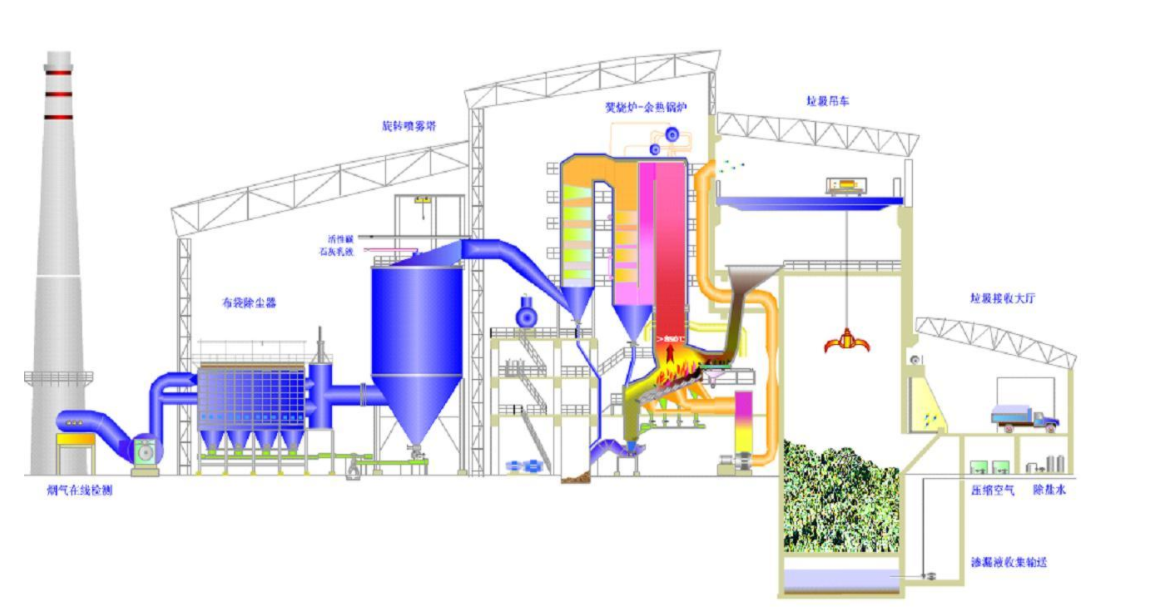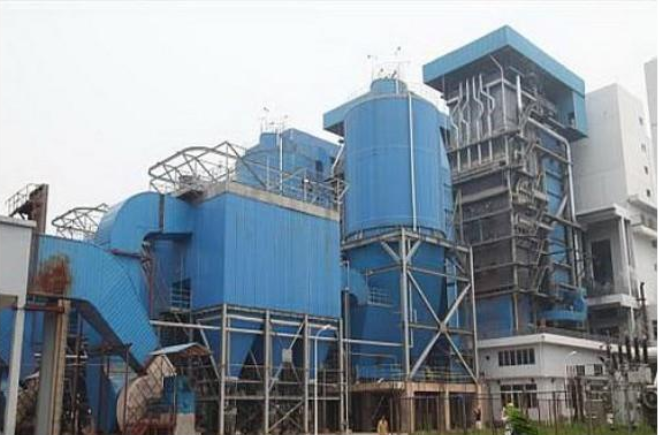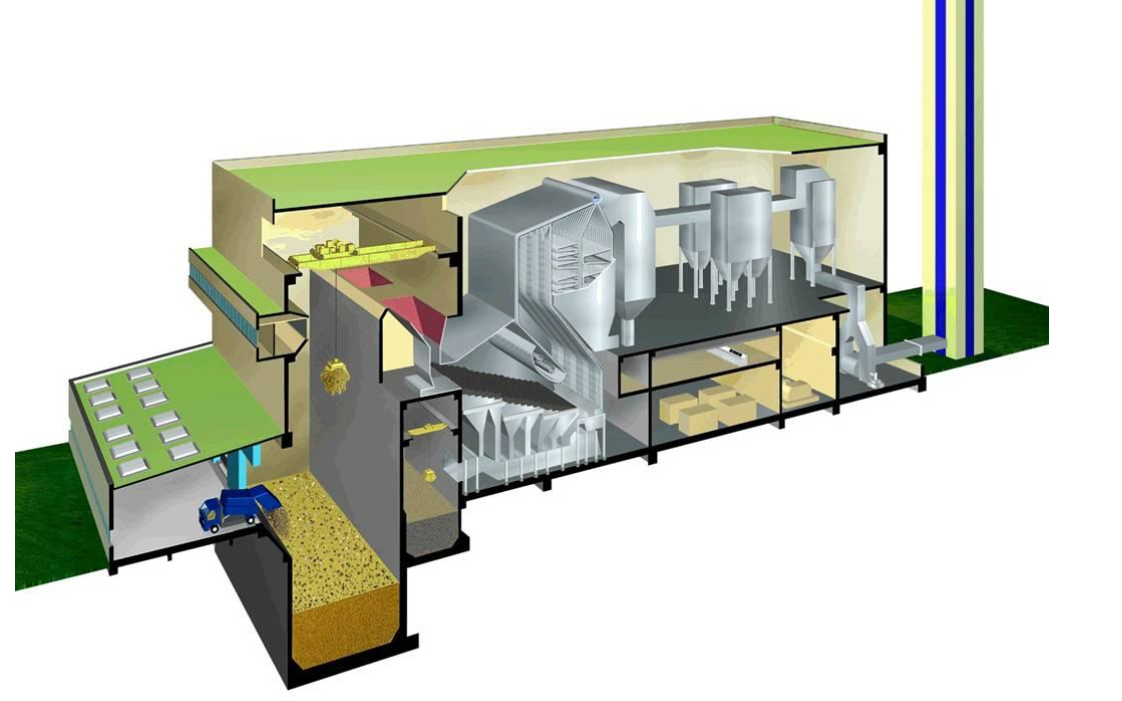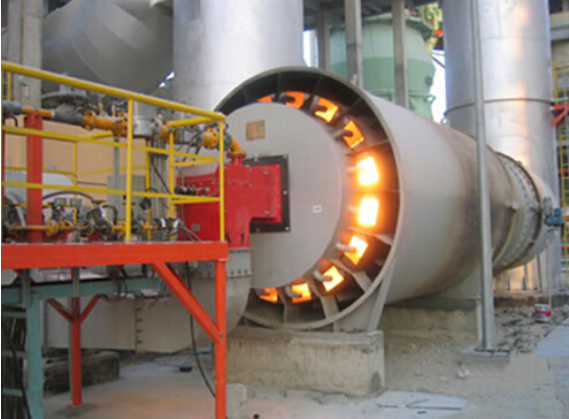 English
English Español
Español  Português
Português  русский
русский  Français
Français  日本語
日本語  Deutsch
Deutsch  tiếng Việt
tiếng Việt  Italiano
Italiano  Nederlands
Nederlands  ภาษาไทย
ภาษาไทย  Polski
Polski  한국어
한국어  Svenska
Svenska  magyar
magyar  Malay
Malay  বাংলা ভাষার
বাংলা ভাষার  Dansk
Dansk  Suomi
Suomi  हिन्दी
हिन्दी  Pilipino
Pilipino  Türkçe
Türkçe  Gaeilge
Gaeilge  العربية
العربية  Indonesia
Indonesia  Norsk
Norsk  تمل
تمل  český
český  ελληνικά
ελληνικά  український
український  Javanese
Javanese  فارسی
فارسی  தமிழ்
தமிழ்  తెలుగు
తెలుగు  नेपाली
नेपाली  Burmese
Burmese  български
български  ລາວ
ລາວ  Latine
Latine  Қазақша
Қазақша  Euskal
Euskal  Azərbaycan
Azərbaycan  Slovenský jazyk
Slovenský jazyk  Македонски
Македонски  Lietuvos
Lietuvos  Eesti Keel
Eesti Keel  Română
Română  Slovenski
Slovenski  मराठी
मराठी  Srpski језик
Srpski језик
Influencing factors and countermeasures for the long-term stable operation of garbage incineration boilers
2021-06-21

During the normal operation of waste incineration boilers, there are many influencing factors, such as incinerator grate, pusher, heating surface coking, etc., which will reduce the efficiency of the waste incinerator or reduce the use of the waste incineration boiler. life. Therefore, relevant management personnel and technical personnel should thoroughly analyze relevant influencing factors, and explore effective countermeasures in combination with the failure problem.
Keywords: waste incinerator; influencing factors; stable operation; countermeasures; failures
In recent years, with the continuous acceleration of social economy and urbanization, people’s quality and level of life are getting higher and higher. Similarly, people’s daily production and life of waste is also increasing, and waste incineration is used to concentrate waste.化处理。Treatment. With the help of garbage incineration, not only the accumulation of garbage can be reduced, but also the secondary utilization of resources can be realized. In the long-term continuous operation of waste incineration boilers, various faults are prone to occur. Therefore, relevant staff need to strengthen the analysis and elimination of faults to provide guarantee for the stable operation of waste incineration boilers.
1. Factors affecting the long-term stable operation of waste incinerators
1.1 Grate failure
At present, the most widely used incineration boiler in the process of waste incineration in my country is the grate boiler. Heat-resistant cast steel is the main material of this grate type waste incineration boiler. The incineration process of various production and domestic waste is completed by hydraulic drive, so the furnace The fault problem of the exhaust-type waste incineration boiler also has distinct characteristics [3]. In the long-period operation of waste incineration boilers, grate stroke failure is the most typical problem, which is manifested as jerky and slow action, prone to blockage in the boiler, deviation, and uncoordinated operation of the inference mechanical system. The main reason for these series of failures is that the boiler has too much load-bearing capacity during long-term operation, and the maintenance work carried out by boiler maintenance personnel lacks standardization and rationality, which accelerates the aging degree of waste incineration boilers, thereby reducing The quality of the boiler.

Among the accessories and component structures of waste incineration boilers, the grate is the most important part. Once the grate of the waste incineration boiler fails, the resulting maintenance and repair costs are a huge expenditure. If the waste incineration boiler grate has a mechanical failure, even the most basic grate problem will increase the working burden of the boiler to a large extent, and in severe cases may cause the waste incineration boiler to fail to operate normally. The maintenance personnel related to waste incineration boilers must uphold the serious, careful and cautious attitude to inspect the grate, because a little carelessness will cause greater economic losses. However, in the actual boiler troubleshooting process, the maintenance personnel will still ignore the inspection of the grate I-beam and other accessories in the air chamber, and cannot observe the working conditions of the air holes in detail. In general, all the failures of waste incineration boilers are basically caused by the inadequacy of maintenance work carried out by relevant maintenance personnel during the boiler shutdown period. In addition, the professional capabilities of the maintenance personnel are limited, and the professional occupations they master are not rich enough, and the wrong operation concept of the waste incinerator causes various failures in the operation of the boiler. For example, the blockage of the vent holes of the grate is caused by the maintenance personnel who did not earnestly perform the duties of the maintenance work, and did not clean up the dust accumulation at the vent holes in time. In addition, when the maintenance personnel carry out the maintenance work of the waste incineration boiler grate, they need to pay attention to the two aspects of the air pressure and temperature in the furnace to ensure that they are within the normal and reasonable range and effectively avoid the occurrence of grate failure.
1.2 Pusher failure
The pusher is an important part of the waste incineration boiler. In the process of waste incineration, the pusher plays a relay role, which is of great significance to the stable operation of the waste incineration boiler. During the operation of the waste incinerator, it is difficult to take effective measures to eliminate the fault immediately once a fault occurs. Therefore, the maintenance personnel should use the activity experiment to comprehensively and carefully check the operation of the pusher in advance. However, this inspection method has a drawback, that is, there is no effect of garbage load and high temperature expansion, and the accuracy of the results needs to be considered. Blocked moving parts, damaged rolling parts, and problems with the stopper, etc., caused the pusher to be out of sync under the action of a variety of unfavorable factors. Under long-term overload operation of the pusher, and the maintenance personnel did not perform maintenance in time, coupled with certain quality problems of the garbage incineration boiler equipment, these may reduce the efficiency of the pusher. In addition, if the garbage incineration boiler is in operation and the boiler contains relatively large and hard garbage, it is also likely to cause the pusher to malfunction. In daily work, it is not difficult for the relevant management personnel to read through the previous operation records of the waste incineration boiler to find that once the pusher fails, the boiler will not operate normally and the waste incineration treatment cannot be carried out. In response to this situation, it must be stopped. Boiler treatment, thereby reducing the operating efficiency of the boiler.

1.3 Fouling and blockage of the flue of the garbage incinerator
In the long-period operation of the waste incinerator, the fouling of the heating surface and the flue will reduce the stability of the boiler operation. When the operating time of the boiler reaches 15 days, there will be obvious fouling on the heating surface of the flue in the waste incinerator Happening. The main reason for this problem is that the temperature of the flue gas around the boiler evaporator is too high, while the flue gas temperature of other equipment does not change, and the boiler is overloaded during the production period, resulting in high-temperature cohesive fouling. During the operation of the waste incineration boiler, due to the operation of the air holes, many small waste technologies on the grate will enter the high-temperature flue. At the same time, the staff responsible for waste incineration will gradually increase in order to fully burn all kinds of waste. The disturbance ability of the flue gas will re-burn the remaining garbage with the help of the secondary air, which will aggravate the ash blockage of the heated area ofthe flue. Generally speaking, the ash of the heated area ofthe boiler flue appears as a whole, and the long-term continuous ash accumulation is difficult to clean up with soot blowing. The ash accumulation is likely to increase the resistance of the tube bundle, and in severe cases it will also This caused a complete blockage of the flue, which forced the waste incinerator to shut down.
2. Effective measures to optimize the smooth operation of waste incinerators
2.1 Do a good job in equipment maintenance
In view of the grate failure and pusher failure during the long-term operation of the waste incineration boiler, the relevant maintenance personnel should regularly carry out the maintenance of equipment accessories and parts, fully understand and master the operation of related components, and find problems in time , In order to take effective measures to solve the problem. At the same time, do a good job of equipment maintenance, replace aging and severely damaged parts, and regularly implement guarantees for the boiler to ensure the normal operation of various accessories in the boiler.
2.2 Take measures to prevent coking and dust accumulation
In the production of domestic waste, the content of glass and salt is relatively high. These wastes will be melted under the continuous action of high temperature, which will cause coking and ash accumulation in the boiler. This will not only reduce the heat production efficiency of the waste incineration boiler, but also It hinders the smooth circulation of the boiler throat, and under long-term influence, it will cause the boiler heater to burst, which will interfere with the normal operation of the waste incineration boiler. Therefore, the relevant staff, based on this situation, do a good job in identifying the coking and ash accumulation of the boiler, and conduct a comprehensive and in-depth analysis of the statistical coking field data, so as to take effective treatment measures to solve it.

2.3 Do a good job in operation management
First of all, the inspectors and relevant persons in charge need to conduct a detailed analysis of the temperature in the boiler, the basic structure and the air distribution situation during work and operation, and determine the control and treatment methods for the coking of the boiler incineration flue throat based on these comprehensive influencing factors. . Specifically, according to the needs of the use of waste incineration boilers, adjust and transform the operation and management methods and operation methods of the boiler, and apply advanced science and technology and management methods to promote the long-term stable operation of the waste incinerator. For example, reasonable control of the outlet temperature of the furnace, controlling it within the range of 850 degrees Celsius to 950 degrees Celsius, speeds up the efficient decomposition of chemical substances in the garbage, and ensures that the additional issuance meets the actual requirements of garbage incineration. Furthermore, the staff in charge of waste incineration scientifically adjust the air volume used for primary incineration and the volume of secondary air in combination with seasonal characteristics and different fermentation properties of waste. On this basis, combined with the horizontal flue pressure difference, determine the soot blower of the soot blower. The number of times to ensure the rationality of the soot blowing effect, and effectively avoid the phenomenon of corrosion of the soot blowing pipe. Finally, the staff need to change the ash port under the flue to the ash drop port, reduce the circulation of fly ash in the boiler chamber, and better improve the coking of the heating surface of the flue, so as to realize the normal operation of the boiler.
3 conclusion
To sum up, in the long-period operation of the waste incineration boiler, it is interfered by a variety of undesirable factors, which brings about various failure problems. The boiler management personnel and related staff should conduct specific analysis based on specific issues and actively seek The corresponding solution is to continuously reduce the load of the boiler to provide a guarantee for the stable operation of the waste incinerator.




